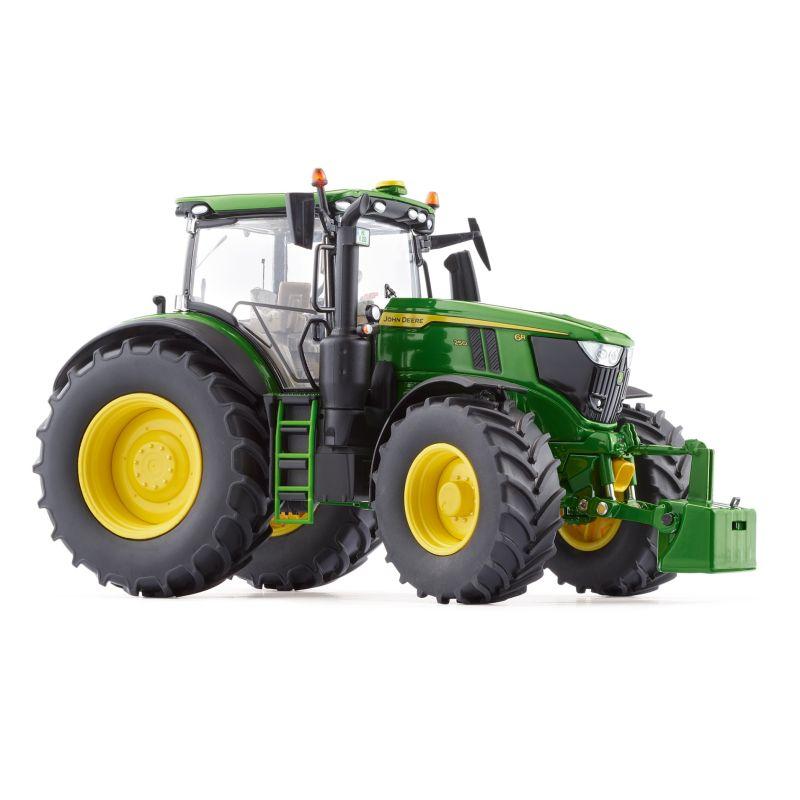recent incidents involving John Deere tractors have revealed an unexpected vulnerability in their operational systems. Multiple farmers across agricultural regions have reported equipment malfunctions directly linked to intense solar glare interfering with the tractors’ digital displays and sensor systems. These technical disruptions, occurring primarily during peak daylight hours, have raised concerns about operational reliability and prompted investigations into potential solutions for this light-sensitive issue. A recent surge in reported malfunctions affecting various models of agricultural machinery has raised concerns among farmers worldwide.The issue stems from intense solar reflections interfering with advanced sensor systems, particularly during peak daylight hours. These incidents have primarily affected newer tractor models equipped with refined electronic controls and automated features.
The problem manifests when direct sunlight hits specific angles of the equipment’s external sensors, causing temporary system disruptions. Farmers have reported unexpected shutdowns,erratic behavior in steering systems,and occasional complete system failures. These interruptions typically last between 15 to 45 minutes, significantly impacting operational efficiency during crucial farming periods.
Technical investigations reveal that the solar glare interferes with the optical sensors responsible for guidance systems and operational safety features. The reflective surfaces of nearby equipment or structures can amplify this effect, creating what engineers describe as a “perfect storm” of optical interference. The phenomenon is most prevalent during early morning and late afternoon hours when the sun’s angle is optimal for creating these disruptions.
several documented cases show the malfunction pattern occurs more frequently in regions with high atmospheric clarity and during seasons with minimal cloud cover. Agricultural operations in states like California, Arizona, and Texas have reported the highest number of incidents, particularly during summer months when solar intensity reaches its peak.
The manufacturing company has acknowledged these concerns and is actively developing software updates to enhance the sensors’ resilience to intense light exposure. Current recommendations include implementing temporary shading solutions and adjusting work schedules to avoid peak solar interference periods. Some farmers have successfully mitigated the issue by applying specialized anti-glare coatings to sensor surfaces.
Industry experts suggest that future designs will likely incorporate improved shielding mechanisms and more sophisticated filtering algorithms to prevent such disruptions. In the meantime, operators are advised to maintain detailed records of any glare-related incidents to assist in the ongoing examination and advancement of solutions.
Agricultural technology specialists emphasize the importance of regular system diagnostics and maintaining up-to-date software versions. They recommend performing critical operations during overcast conditions or adjusting working hours to early morning or late evening when possible. Some farmers have implemented rotating schedules to maximize productivity while minimizing exposure to problematic solar conditions.
Equipment dealers are working closely with affected customers to provide temporary solutions and technical support. They have established specialized response teams to address these incidents promptly and minimize operational downtime. The agricultural community continues to adapt their practices while awaiting more permanent solutions to this unexpected challenge in modern farming technology.

